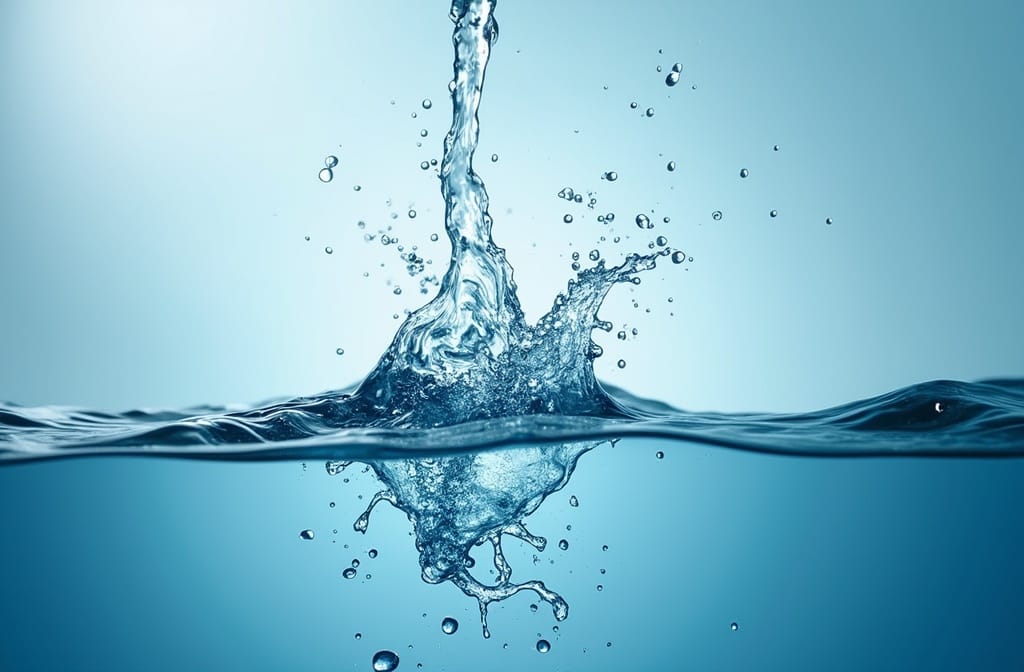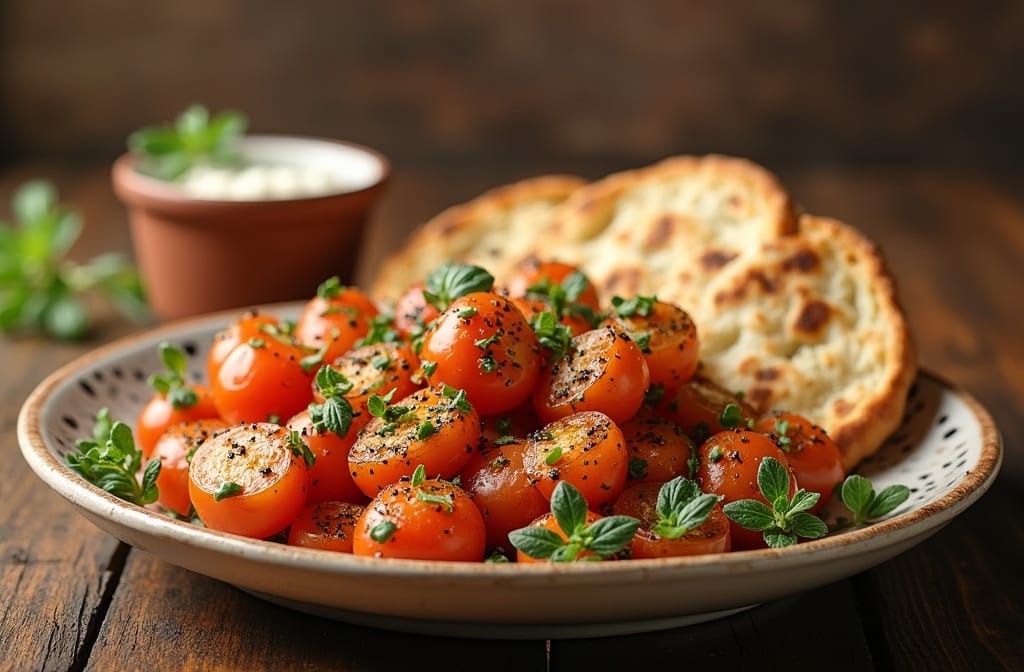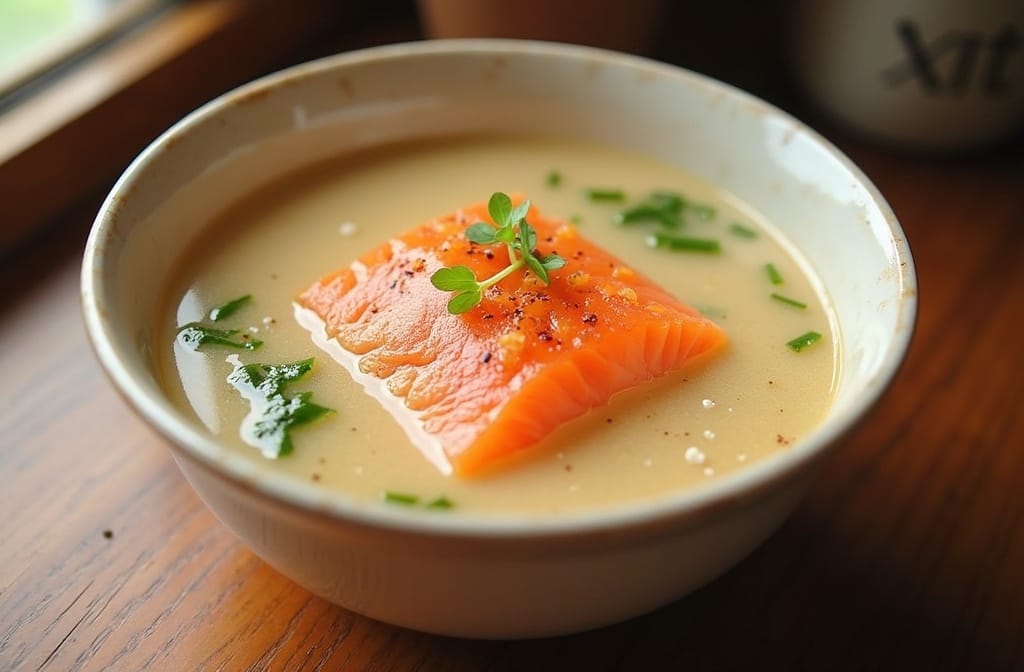- Vitazen Health
- Posts
- 💧Why You Might Be Drinking Water The Wrong Way
💧Why You Might Be Drinking Water The Wrong Way
And how it could be sabotaging your digestion and blood pressure.

Hello Everyone - Welcome to Vitazen Health!
In Today’s Edition:
Read It: Why You Might Be Drinking Water The Wrong Way
In The News: Anti-Inflammatory Eating: Your 30-Day Blueprint for Aging Well
Eat: Lohikeitto (Creamy Salmon Soup)
Watch: The WORST Food For Cancer (Doctors Warn Against This!) | Dr. Jason Fung


READ IT
We all know the drill. Eight glasses a day. The ubiquitous advice, plastered across health blogs and whispered by well-meaning relatives. Water is life, they say. And they’re not wrong. But like most universally accepted truths, the nuance often gets lost in the simplification. We guzzle down liters, ticking off our daily quota, often without a second thought about how we’re doing it. And that, my friends, is precisely where you might be missing out. You might be drinking water the wrong way.
This isn’t about some esoteric hydration hack involving moon phases or crystal-infused droplets. This is about understanding the subtle yet significant ways our bodies actually utilize and benefit from this essential resource. It’s about moving beyond the arbitrary eight-glass dogma and tuning into the symphony of your own physiology.
Consider the act itself. Most of us treat water consumption as a chore, a quick gulp between tasks, a way to wash down a meal. We chug it down, often in large quantities, especially when we feel that pang of thirst. But this approach, while seemingly efficient, can actually be counterproductive.
Think of your body as a sophisticated ecosystem. Flooding it with a sudden deluge of water can overwhelm its absorption mechanisms. Your kidneys, tasked with regulating fluid balance, might simply excrete a significant portion of that rapid intake. This leads to frequent trips to the restroom, and while you might feel like you’re “flushing out toxins,” you’re likely just diluting your electrolytes and not maximizing cellular hydration.
The more intelligent approach? Sip throughout the day.
Consistent, small intakes allow your body to absorb water more effectively, ensuring that it reaches your cells where it’s needed most. Imagine watering a plant. A slow, steady drizzle soaks the soil deeply, nourishing the roots. A sudden downpour, on the other hand, often runs off the surface, leaving the deeper layers dry. Your body operates on a similar principle.
Furthermore, consider the timing. Downing a large glass of water right before or during a meal can dilute your digestive enzymes, potentially hindering the breakdown and absorption of nutrients. It’s far more beneficial to hydrate adequately between meals, allowing your digestive system to function optimally. Aim for drinking water at least 30 minutes before eating and wait about an hour after to resume significant fluid intake.
Beyond the when and the how much at a given time, the what also matters. Plain water is undeniably beneficial, but electrolytes play a crucial role in hydration, particularly during periods of intense activity or in hot climates. Electrolytes like sodium, potassium, and magnesium help regulate fluid balance and nerve function.
While you don’t need sugary sports drinks for everyday hydration, incorporating electrolyte-rich foods like leafy greens, bananas, and avocados into your diet can significantly enhance your body’s ability to utilize water. In some cases, especially after prolonged sweating, a homemade electrolyte drink (water with a pinch of sea salt and a squeeze of lemon) can be far more effective than plain water alone.
And let's not forget the signals your body sends. Thirst is a lagging indicator of dehydration. By the time you feel thirsty, you’re already slightly behind. The key is to be proactive, to cultivate a habit of regular sipping before thirst kicks in. Pay attention to subtle cues like fatigue, headaches, or dry skin, which can often be early signs of inadequate hydration.
The color of your urine is another valuable indicator. Pale yellow suggests good hydration, while darker shades indicate the need for more fluids. This simple visual check can provide real-time feedback on your hydration status.
Actionable Takeaways
Sip consistently throughout the day: Don’t wait until you’re parched. Keep a water bottle handy and take regular sips.
Space out your water intake around meals: Aim for 30 minutes before and one hour after eating.
Listen to your body’s cues: Don’t rely solely on thirst. Pay attention to other signs of dehydration.
Monitor your urine color: Pale yellow is the goal.
Consider electrolytes: Especially during intense activity or in hot weather, replenish electrolytes through diet or simple homemade solutions.
Moving beyond the simplistic “eight glasses a day” mantra and adopting a more mindful approach to hydration can yield significant benefits, from increased energy levels and improved cognitive function to better digestion and overall well-being.
It’s not just about the quantity; it’s about the quality and the method of your hydration.
Start paying attention to how you drink water, and you might just unlock a new level of vitality.


IN THE NEWS
Anti-Inflammatory Eating: Your 30-Day Blueprint for Aging Well
EatingWell's new 30-Day Anti-Inflammatory Meal Plan aims to combat "inflammaging" — the chronic inflammation tied to aging and diseases like heart disease and diabetes. Crafted by a registered dietitian, the plan emphasizes omega-3-rich foods, colorful produce, whole grains, and lean proteins while minimizing processed items and added sugars. It includes daily meal schedules, prep tips, and calorie options (1,500-2,000). The goal? Support muscle preservation, reduce disease risk, and make healthy eating sustainable and delicious.
Omega-3s: The Daily Habit That Slows Biological Aging
A recent study from the DO-HEALTH trial reveals that daily omega-3 intake can slow biological aging by about one month per year, based on three out of four epigenetic aging clocks. The study involved 2,157 subjects over three years, examining the effects of vitamin D, omega-3s, and exercise alone or in combination. Participants combining all three interventions showed additional benefits, including a 39% reduced risk of pre-frailty and 61% lower cancer risk. Omega-3s also contributed to a 10% reduction in fall risk and 13% fewer infections.
Plant-Based Diets: A Lifeline for Cardiometabolic Health
A study presented at the American College of Cardiology's Annual Scientific Session (ACC.25) found that individuals with cardiometabolic disorders-like obesity, diabetes, and heart disease-who adhered to a healthy plant-based diet had a 17% to 24% lower risk of death from any cause, cardiovascular disease, or cancer. Conversely, those following an unhealthful plant-based diet saw a 28% to 36% increased risk. The research underscores the importance of diet quality, emphasizing whole foods over processed options.

🔥 INFLAMMATION = DISEASE. HERE’S HOW TO FIX IT.
If you’re tired, bloated, foggy, or in constant pain—that’s inflammation wrecking your body.
And if you don’t stop it, it leads to cancer, heart disease, and aging you faster than you realize.
Most people have no clue that what they’re eating is keeping them inflamed 24/7.
But here’s the good news: you can fight inflammation with food.
🥤 The Anti-Inflammation & Immunity Smoothie & Juice Guide gives you 80+ science-backed recipes to:
✅ Turn OFF inflammation naturally (no gimmicks, just real food that works)
✅ Boost immunity so you stop getting sick all the time
✅ Detox & repair your gut (because 80% of your immune system lives there)
✅ Flood your body with antioxidants that protect against cancer & disease
This isn’t another “healthy smoothie” book.
It’s a plug-and-play blueprint for fixing your body one sip at a time.
👉Grab your copy now & start healing today!

EAT
Lohikeitto (Creamy Salmon Soup) (6 Servings)
Lohikeitto is a classic Finnish soup that beautifully combines the richness of salmon with the earthy sweetness of root vegetables and the subtle freshness of dill. This version emphasizes whole food ingredients, using milk or plant-based alternatives for a lighter yet still satisfying meal. It's a comforting and nutritious dish that showcases the simple elegance of Finnish cuisine.

Ingredients
500g (about 1.1 lbs) skinless, boneless salmon fillet, cut into 1-inch cubes
1 tablespoon olive oil or other healthy cooking oil
2 medium yellow onions, chopped
3 medium carrots, peeled and sliced into rounds
3 medium potatoes (such as Yukon Gold or Russet), peeled and diced into ½-inch cubes
1.5 liters (about 6 cups) vegetable or fish broth (low sodium preferred)
500 ml (about 2 cups) whole milk or unsweetened plant-based milk (such as oat or almond)
2 bay leaves
1 teaspoon dried thyme
½ teaspoon white pepper
Salt to taste
¼ cup fresh dill, chopped, plus extra for garnish
Equipment
Large pot or Dutch oven
Cutting board
Sharp knife
Recipe Steps
Sauté the Aromatics: Heat the olive oil in a large pot or Dutch oven over medium heat. Add the chopped onions and sauté until softened and translucent, about 5-7 minutes.
Add Vegetables: Add the sliced carrots and diced potatoes to the pot and stir well. Cook for another 5 minutes, stirring occasionally, to allow them to soften slightly.
Introduce Broth and Flavor: Pour in the vegetable or fish broth. Add the bay leaves and dried thyme. Bring the mixture to a simmer, then reduce the heat to low, cover, and cook for 15-20 minutes, or until the potatoes and carrots are tender.
Add Milk and Salmon: Stir in the milk (or plant-based alternative) and white pepper. Gently bring the soup back to a simmer (do not boil). Add the cubed salmon and cook for another 3-5 minutes, or until the salmon is just cooked through and opaque. Be careful not to overcook the salmon, as it will become dry.
Season and Finish: Remove the bay leaves. Season the soup with salt to taste. Stir in the fresh chopped dill.
Serve: Ladle the Lohikeitto into bowls. Garnish with extra fresh dill before serving. Enjoy hot with a side of hearty whole-grain bread, if desired.
Servings
This recipe yields 4-6 servings.

WATCH
In this video, Dr. Jason Fung discusses the worst food you should avoid to lower your risk of cancer. Learn why this food is so harmful and how it can negatively impact your health. Don't miss this crucial advice from a leading expert!

Thank You For Reading!
Someone send you this email? Sign up here & get a FREE 7-Day Anti-Cancer Meal Plan
Checkout our YouTube channel for more info on how your diet can improve your health
What did you think of today's email? |


Reply